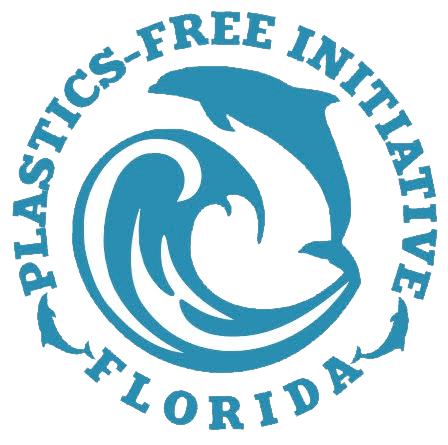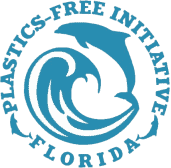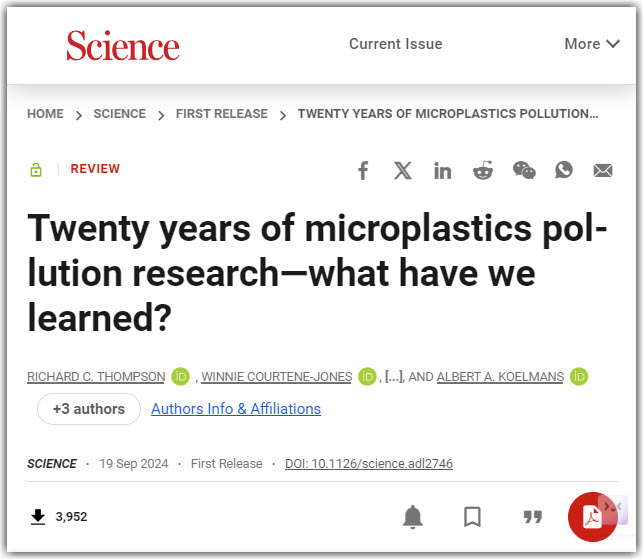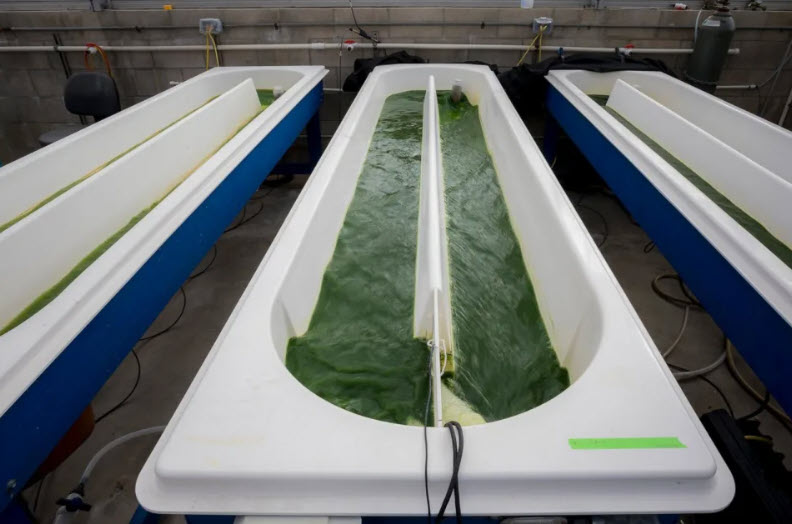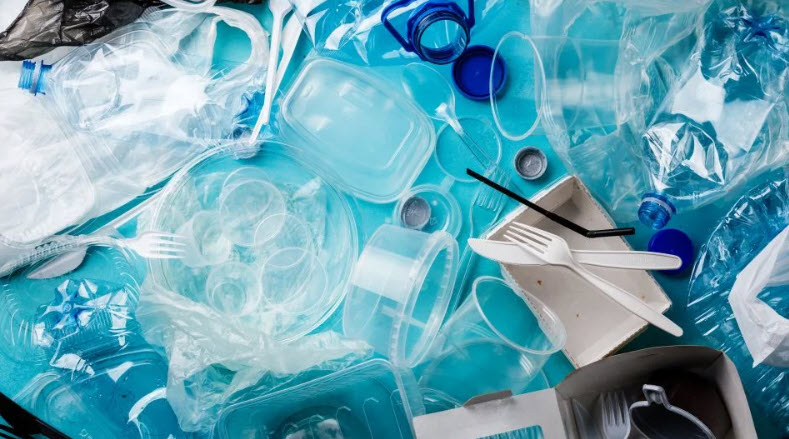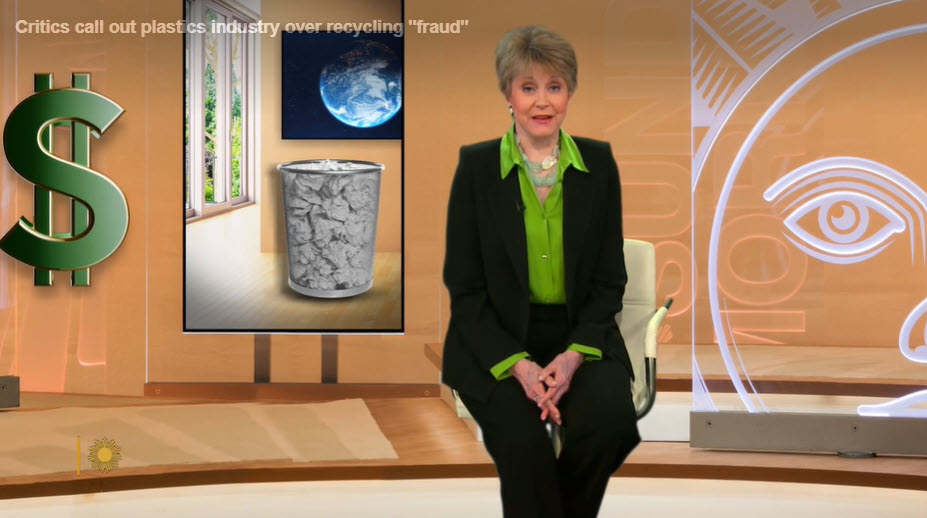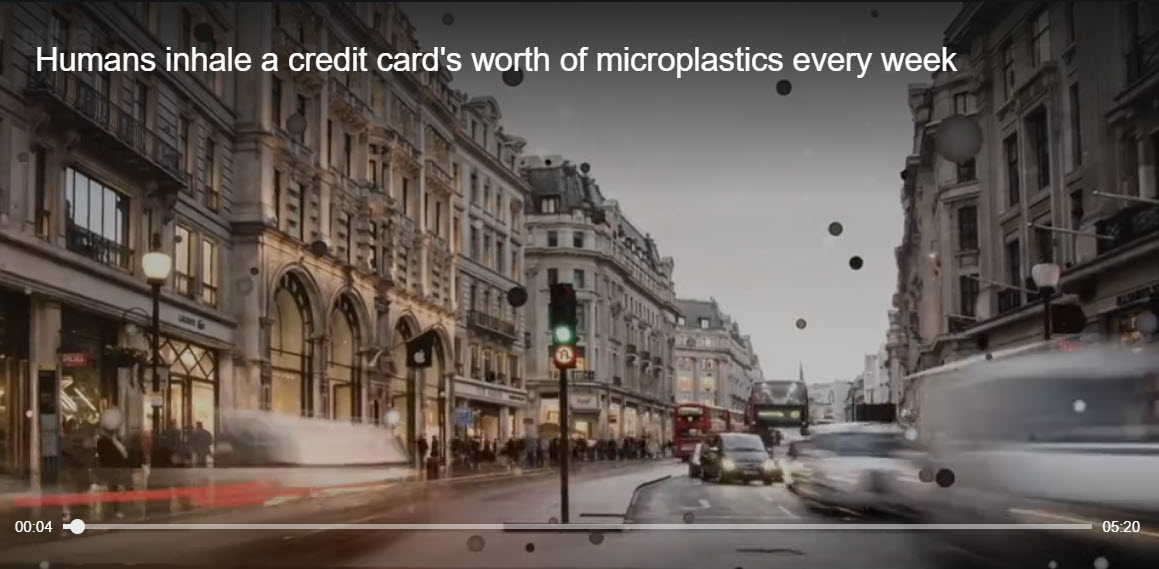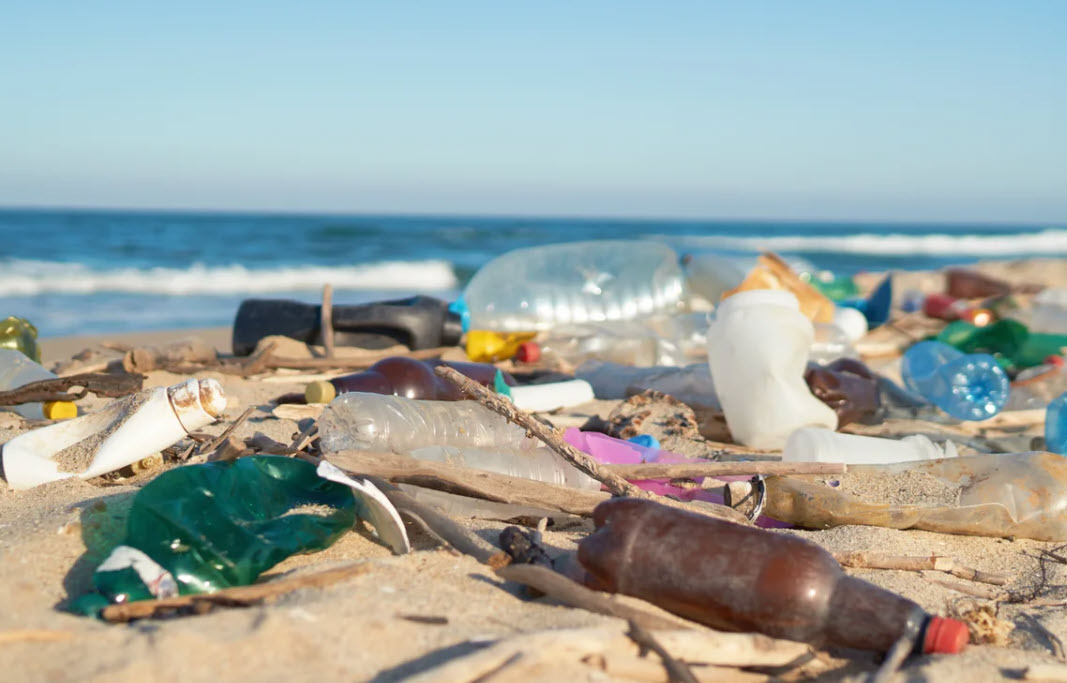Plastic and Wildlife in Miami The Impact of Plastic on Miami’s Wildlife Miami, with its stunning beaches and rich marine habitats, is home to a wide variety of wildlife, from … Read More
Author: Plastics-Free Initiative
December 2024 PFI Newsletter
The Plastics-Free Initiative (PFI) is dedicated to fostering a sustainable future by advocating for the reduction and eventual elimination of plastic use. At PFI, we are committed to reducing the … Read More
Twenty years of microplastics pollution research—what have we learned?
Twenty years after the first publication using the term microplastics, we review current understanding, refine definitions and consider future prospects. Microplastics arise from multiple sources including tires, textiles, cosmetics, paint and the fragmentation of larger items. They are widely distributed throughout the natural environment with evidence of harm at multiple levels of biological organization.
June 2024 PFI Newsletter
E-Recycling makes a difference! Electronics recycling day! Read our full June 2024 Newsletter here.
Scientists have figured out way to make algae-based plastic that completely decomposes
Scientists may have found the answer to manufacturing plastics products that actually break down without forming into microplastics, or tiny pieces of plastics that could linger for thousands of years.
April 2024 PFI Newsletter
PFI members cleaning up plastic trash on barrier islands Over the last months, the Plastics-Free Initiative (PFI) has focused on cleaning up trash and debris from a small island called … Read More
Which foods have the most plastics? You may be surprised
“How much plastic will you have for dinner, sir? And you, ma’am?” While that may seem like a line from a satirical skit on Saturday Night Live, research is showing it’s much too close to reality.
Critics call out plastics industry over recycling “fraud”
About 48 million tons of plastic waste is generated in the United States each year, but only 5 to 6 percent of it is actually recycled. A new report from the Center for Climate Integrity, “The Fraud of Plastic Recycling,” accuses the plastics industry of a decades-long campaign to “mislead” the public about the viability of recycling.
VIDEO: We inhale a credit card’s worth of microplastics each week
Microplastics or tiny plastic particles are everywhere. Now a new study has found them where they’ve never been seen before, sitting deep inside human lungs. But what does it mean for our health?
Earth Is Drowning in Plastic. Can an International Treaty Help?
A marine scientist discusses the problem of plastic pollution and her hopes for an international treaty to tackle it
